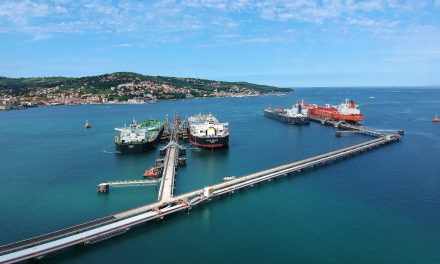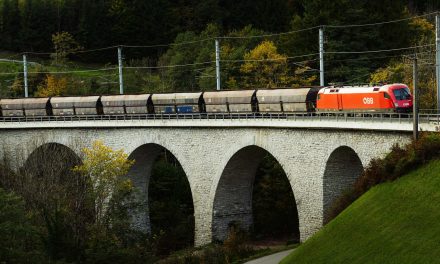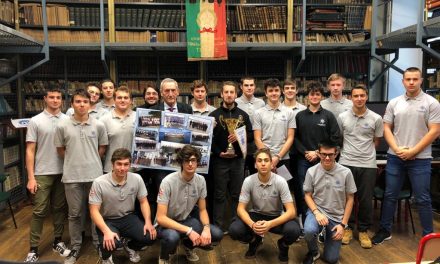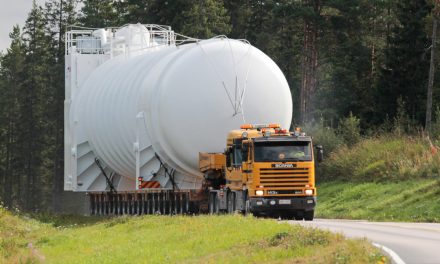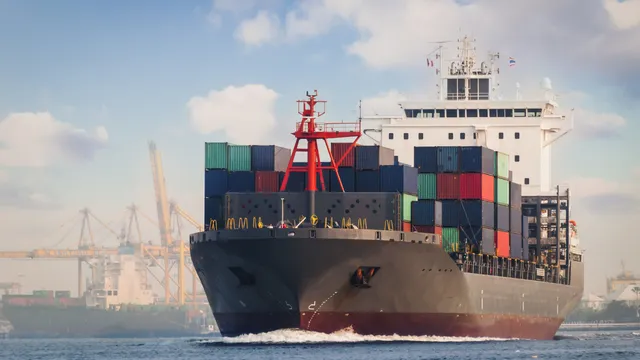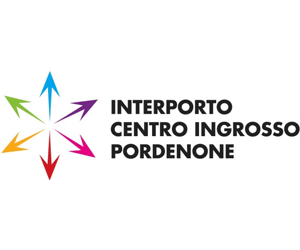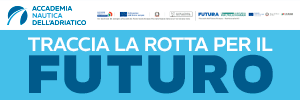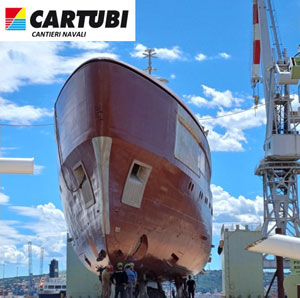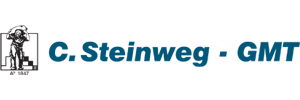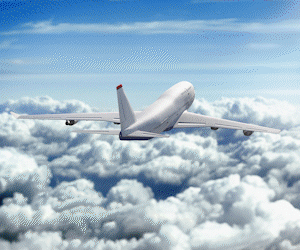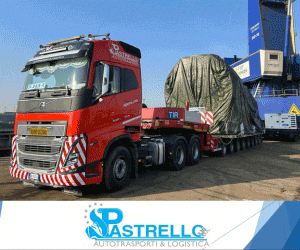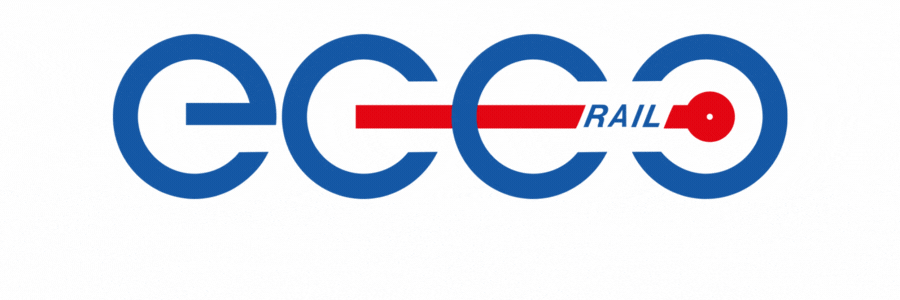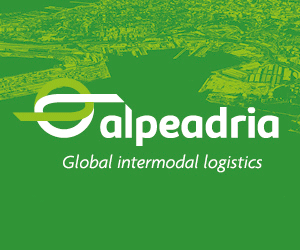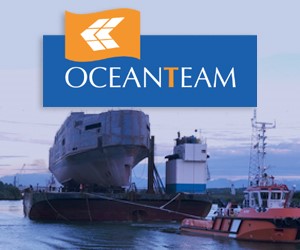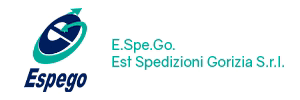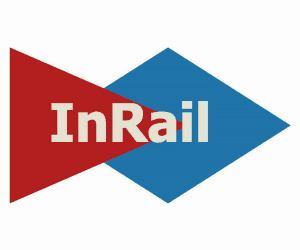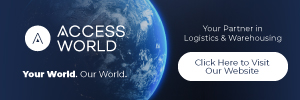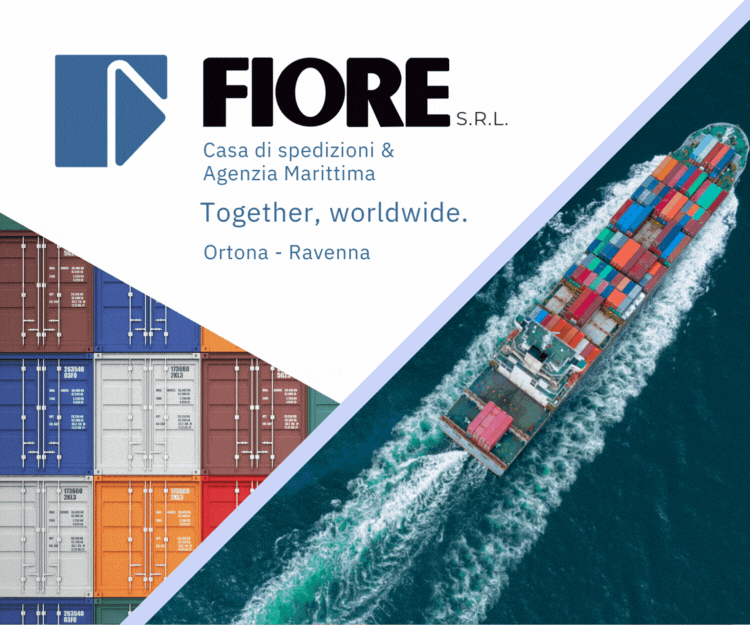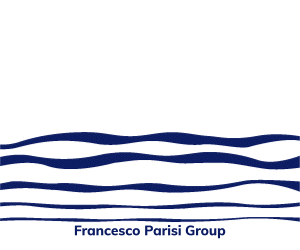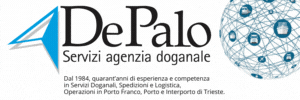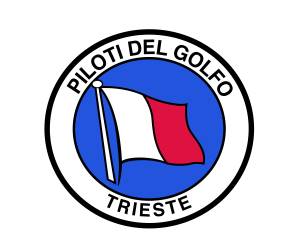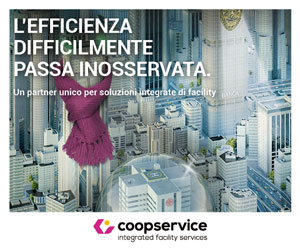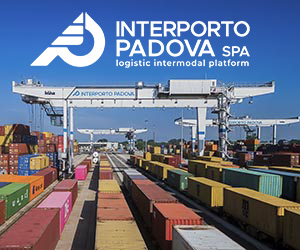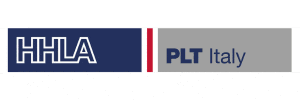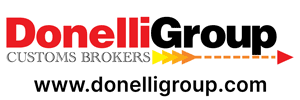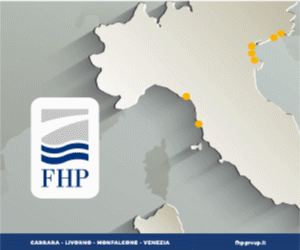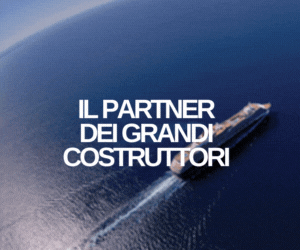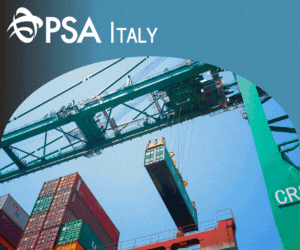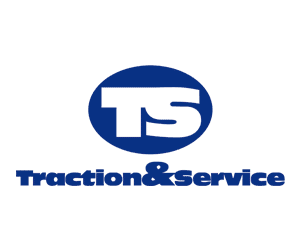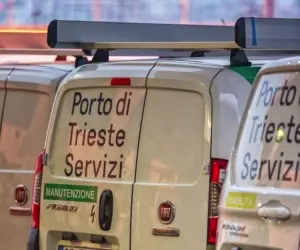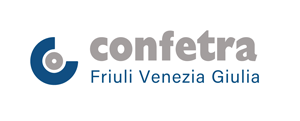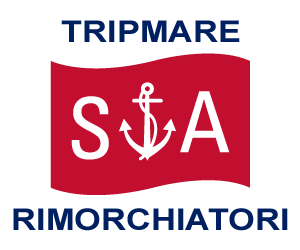TRIESTE – The issue exists, but solutions are already being implemented to improve the situation, pending more radical measures that will enable traffic growth to be managed without disrupting the flow of goods in and out of the terminal.
This is the position of the Trieste Port Authority and HHLA Plt Italy regarding the issue of truck traffic entering and exiting the Logistics Platform. Trucking industry associations recently requested and obtained a series of meetings to address what they described as an unsustainable situation—one that, in fact, also partially affects other terminals at the Friuli Venezia Giulia port, where the matter had already been successfully addressed in past years.
Port Authority Commissioner Vittorio Torbianelli does not downplay the seriousness of the issue: “This is a key concern, and the problem has been acknowledged. For this reason, we have already convened a working group (which directly involved top Port Authority officials, ed.) together with the Guardia di Finanza, Customs Agency, Harbourmaster’s Office, and Maritime Police. Access to the Logistics Platform will soon see a significant increase in outbound capacity as the number of lanes at the gate will be doubled.”
Torbianelli, while noting the increase in traffic in recent months, also announced that the trucking associations will soon be consulted to confirm that changes will be made to the port access management system, taking a comprehensive approach to the situation.
“I hope that dialogue with operators will continue,” the Commissioner added. “We understand they are under pressure. Specifically regarding the Logistics Platform, the control system caused some trucks to stop, blocking the entire queue. The dual-lane setup will help remove these bottlenecks. This is the best we can do for now.”
Indeed, the road layout toward the former Ferriera site and the new Logistics Platform presents bottlenecks that are difficult to eliminate. This is precisely why the Servola Station project, which has been temporarily halted, includes the construction of a highway connection that is expected to provide a radical solution to the current issues. In the meantime, no one can afford to lose traffic—whether Ro-Ro or containers. After all, the nearby Port of Koper, where cargo volumes are steadily increasing, is also dealing with chronic congestion and is working to address road access issues by developing external truck parking facilities.
“Regarding the other terminals (Molo VII operated by Trieste Marine Terminal and the Ro-Ro terminal managed by Samer Seaports, ed.), waiting times have also been raised as a concern by trucking companies. We want to continue to be a port known for quality services, so in the coming months,” Torbianelli concluded, “we will implement actions to improve the situation. The ABA system (Authorized Buffer Area for managing Turkish truck traffic, ed.) also needs to be improved. We are redesigning the flow, we’ve reached a turning point, and we are acting strategically.”
For its part, HHLA Plt Italy has seen strong traffic growth since it began operations—growth that, as the Hamburg-based parent company recalls, has already yielded results.
“HHLA PLT is bringing new business to Trieste and contributing to the industrial development of the city and surrounding areas. The company has been operational since 2021 and will close 2025 with 250 employees,” the company explained.
The traffic generated by Ro-Ro vessels, including recent additions from Grimaldi on the Motorway of the Sea with Turkey, and one of the Gemini service feeders with Maersk containers, has been a major factor in increased congestion.
HHLA Plt Italy notes that the issue is not new, as since 2024 the terminal gate has been the focus of institutional attention, with a framework of measures initiated to improve road performance. “The open dialogue with institutions and the public actions carried out by the Port Authority at the gate area, combined with private efforts, are helping HHLA Plt develop a diversified, multi-layered strategy to respond to today’s complex challenges and plan for the future,” the company added.
Current initiatives include optimizing the gate layout, automating procedures to speed up processing, and supporting intermodality through the purchase of two cutting-edge reach stackers to enhance rail operations. “A new 12-lane gate design is already being developed, including the PAT tender for the highway link, allowing traffic to flow directly from the motorway to the terminal,” HHLA Plt Italy further noted, referring to the major redevelopment project at the former Ferriera site.
“The gate is a key issue for the company. We recognize that the previous configuration had shortcomings, partly due to increased traffic and ongoing works, but the new initiatives, organized and coordinated through public investment, will soon improve the situation. We are paying close attention to this matter and have already started implementing improvements on the internal side as well, with long-term sustainable solutions for our customers and the local community,” the company’s statement concluded.




